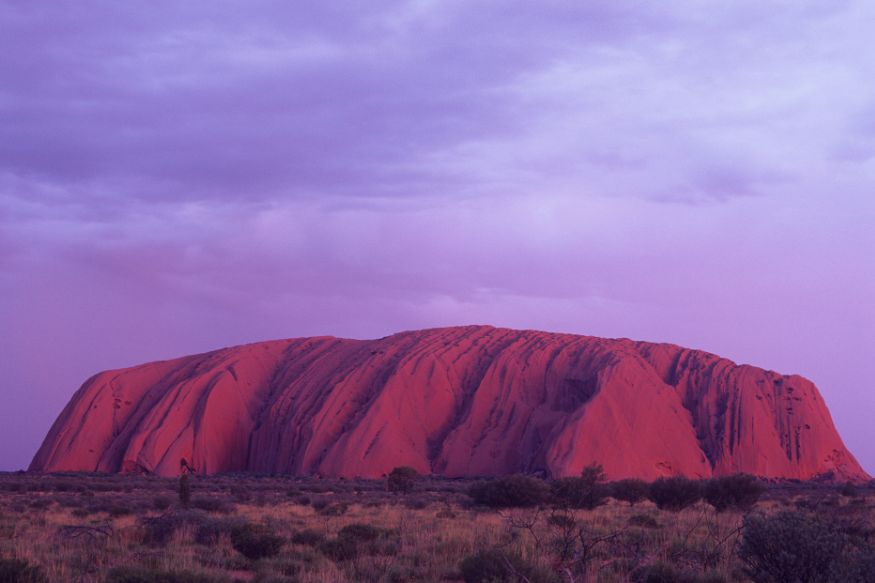The 20th century saw social and political movements that revolutionized American culture. Following the end of World War II in 1945, the U.S. entered a new era. There was a sharp growth in population, a successful economy, and an increased standard of living. By the late 1950s, a sense of uniformity spread through American society. This led to the rise of several progressive movements looking to break away from this conformity.
The Civil Rights Movement
![Photograph by Rowland Scherman for USIA (U.S. National Archives and Records Administration) [Public domain], via Wikimedia Commons](https://www.interexchange.org/wp-content/uploads/2023/09/socio-.jpeg)
After the American Civil War and end of slavery, the U.S. entered a period known as Reconstruction. During this time, Black Americans continued to suffer from segregation and economic oppression. Beginning in the early 1950s, Black Americans began campaigns of civil resistance. These emphasized the need for nonviolent protests and civil disobedience. Several successful efforts resulted from the movement. The Montgomery Bus Boycott of 1955-56 was inspired by Rosa Parks. It fought against the policy of segregation on Alabama’s public. “Sit-in” protests became popular across the American South. There were also various marches. During the march from Selma to Montgomery, Alabama, activists walked 54 miles demanding their right to vote. Notable civil rights leaders included Martin Luther King Jr., Malcolm X, Andrew Young, James Farmer, and more.
The Counterculture Movement
![Photograph by Frank Wolfe (Lyndon B. Johnson Library) [Public domain], via Wikimedia Commons](https://www.interexchange.org/wp-content/uploads/2023/09/socio-684x1024.jpeg)
Counterculture began to develop in the United States following the conformity of the 1950s. By 1963, young people began rejecting the cultural standards of their parents. Instead, they opted for progressive attitudes. This grew stronger as the Civil Rights Movement became successful and as Americans wearied of the war in Vietnam. The movement opened the doors for the acceptance of alternative lifestyles and progressive ideals. Hippie counterculture became more popular following the “Summer of Love.” In 1967, thousands of people came together in the Haight-Ashbury neighborhood of San Francisco. Along with Greenwich Village in New York City, Haight-Ashbury became a hub for the counterculture movement.
The Mexican-American Civil Rights Movement
The Mexican-American Rights Movement, or Chicano Movement, is one of the least studied movements of the 1960s. It included different issues that plagued the large Mexican-American community. This included farm workers’ rights, education, political and voting rights, restoration of land grants, and more. Beginning in the Southwest, the majority of this activism came from the youth community. They voiced their concerns on college campuses across the world. Within a few years, the movement had spread throughout the country. Other Latino communities to joined in the fight to create a new trans-national identity. Leading the movement was Cesar Chavez, an American farm worker and labor leader. He became one of the most well-known Latino activists of the period. In addition, he co-founded the National Farm Workers Association. Participants of the movement remained active throughout the 1970s but lost momentum in the following decade.
The Gay Liberation Movement
The Gay Liberation Movement began in the summer of 1969. On June 28, police raided the Stonewall Inn, a popular bar in New York City. The ensuing the Stonewall Riots were a series of violent protests by members of the LGBTQ community. Within months, groups such as the Gay Activists’ Alliance and the Gay Liberation Front were formed. These groups brought the fight for LGBTQ rights to the forefront of American politics. Soon, LGBTQ organizations began popping up around the world. By 1970, the first Gay Pride marches took place in New York and other U.S. cities to commemorate the anniversary of the Stonewall riots. The tradition continues today throughout the world. In June 2015, the Stonewall Inn was granted landmark status by NYC’s Landmark Preservation Commission.




